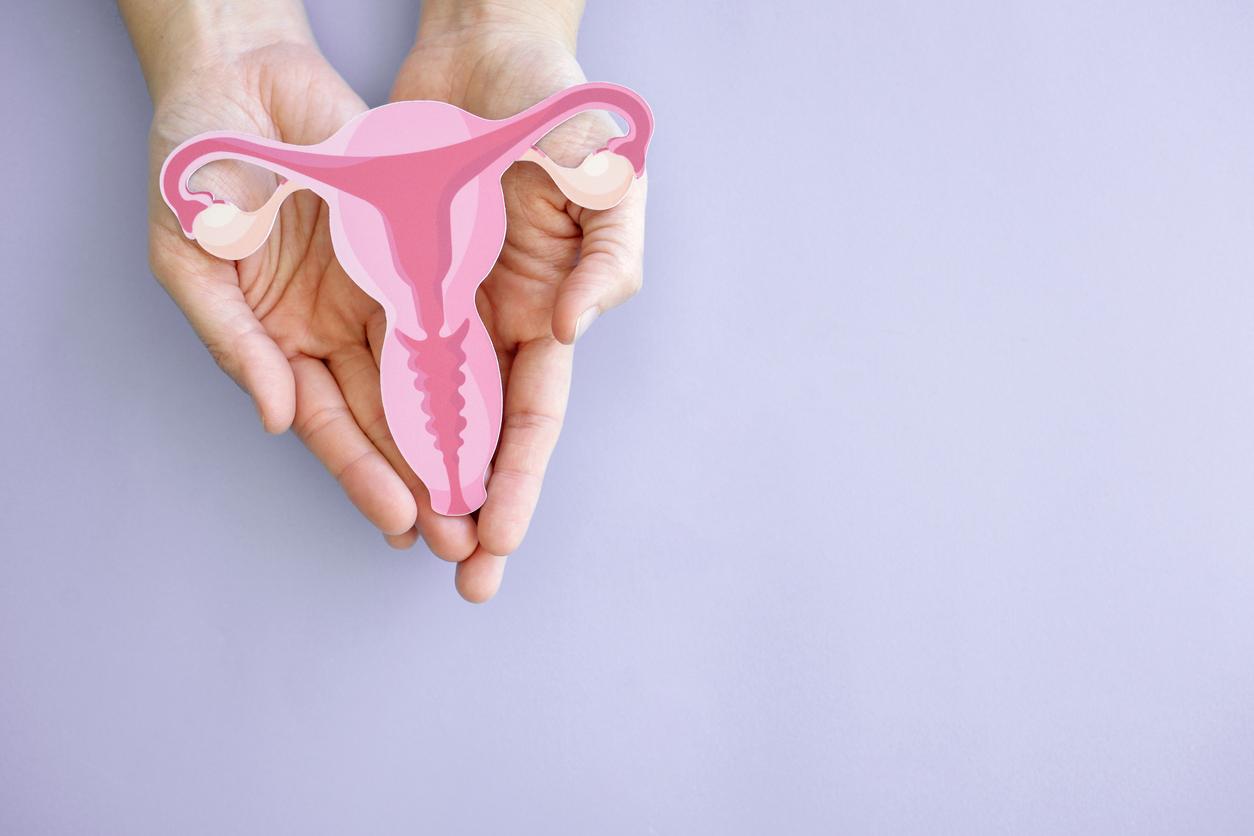In France, the law indicates that all citizens are organ and tissue donors, except in the case of a person expressing refusal during their lifetime.

- At the start of 2024, France had 21,866 patients registered on the national waiting list for an organ transplant, including 11,422 patients on the active waiting list.
- When a person dies, organs and tissues are harvested automatically after notification to relatives, except in the event of opposition reported during the person’s lifetime.
- For minors, the explicit consent of both holders of parental authority is required.
As of January 1, 2024, 21,866 patients were registered on the national waiting list for an organ transplant, including 11,422 patients on the active waiting list, that is to say immediately eligible for an organ transplant, according to data from the Biomedicine Agency. Some will never receive the expected organ: in 2023, 823 patients on the waiting list died, a figure 22.6% lower than in 2022.
“The Biomedicine Agency thanks, as every year, the hospital teams for their strong mobilization and their capacity to adapt to enable the growth of this activity which is both a medical and logistical feat, greets Marine Jeantet, director general of the Biomedicine Agency, in a press release. For a patient to receive a transplant and continue to live, this requires extraordinary coordination, which succeeds 15 times a day: this begins with approaching the relatives of the deceased, the identification of compatible recipient patients, the collection and the transport of each graft to its destination then finally, the transplant of the recipient patients. In the midst of everyday life, convoys like no other transport an organ intended to save a life, sometimes a young child, sometimes an older person. There is no age to receive an organ just as there is no age to donate them, we are all concerned, all donors, all recipients.”
How does the phase preceding the collection take place?
In France, each citizen is presumed to have consented to the donation of their organs and tissues, except in the case of registration in the national register of refusals. This sample can only be taken for therapeutic or scientific purposes.
Firstly, the medical team (other than that in charge of transplants) notes the clinical death of the patient. The death is announced to the relatives, and if the patient is not part of the national registry of refusals to donate, the team also informs the relatives of a possible organ and tissue removal. During this interview, relatives can report the expression, during the person’s lifetime, of opposition to the removal of all or part of their organs and tissues. Following this discussion, the relatives can see one last time the body artificially kept in working order before the removal.
How are organs harvested from the deceased?
The sample is then carried out in the operating room by specialized surgeons and under the same conditions as for a living person. The organs and tissues removed are placed in airtight coolers where the temperature does not exceed 4°C. Each graft then takes the road to the hospital where the recipient is waiting: you have to go quickly because the organs cannot be preserved for very long. Depending on their condition, “it should not exceed 3 to 4 hours for a heart, 6 hours on average for a liver, 6 to 8 hours for a lung, 24 to 36 hours for a kidney”.
What state is the body in after removal?
Every doctor performing an organ harvest must ensure the best possible restoration of the body. “The incisions are closed with stitches and covered with dressings, as in any surgical operation.indicates the Biomedicine Agency. The removed corneas are replaced with transparent lenses.”After the operation, the body is dressed in its clothes and is returned to the family for the funeral.
Are deceased minors also donors?
For pediatric organ donation, the explicit consent of both holders of parental authority is required. A few months ago, the Biomedicine Agency warned of the sharp drop in these donations recently: “The pediatric opposition rate reaches 47% in 2023, compared to 30% in 2011. This rate remains higher than the average opposition rate observed in adults (36% in 2023).” Due to lack of a compatible graft in 2023, 18 children died.
Organ donation and religions: what are the positions?
Organ donation is not incompatible with many religions. “Representatives of the major monotheistic religions – Christianity, Judaism and Islam – spoke out in favor of organ and tissue donation after deathspecifies the Biomedicine Agency. According to them, human life is paramount.”The Buddhist religion is also in agreement with the gift, which is in itself one of the foundations of the practice, just like Sikhism. Regarding Hinduism, there seems to be no specific rule.







-1730888646.jpg)






